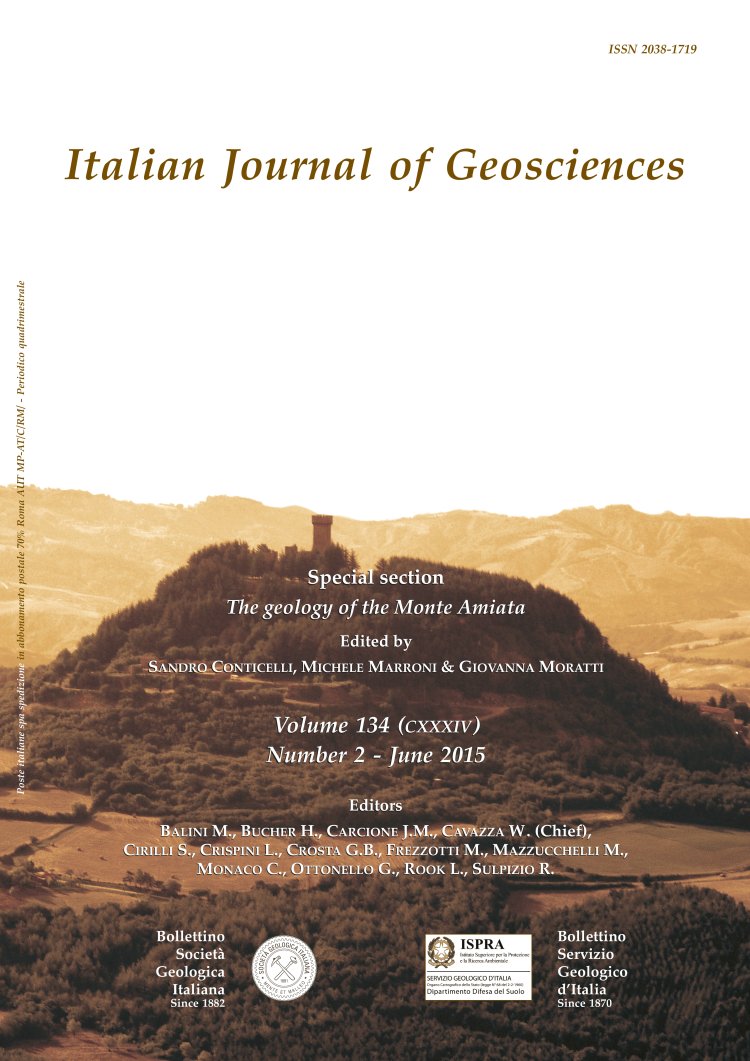
Metallogeny, exploitation and environmental impact of the Mt. Amiata mercury ore district (Southern Tuscany, Italy)
Valentina Rimondi (1), Laura Chiarantini (1), Pierfranco Lattanzi (2), Marco Benvenuti (1), Marc Beutel (3), Antonella Colica (1), Pilario Costagliola (1), Francesco Di Benedetto (1), Giuliano Gabbani (1), John E. Gray (4), Enrico Pandeli (1), Giulia Pattelli (1), Mario Paolieri (1) & Giovanni Ruggieri (5)
(1) Dipartimento di Scienze della Terra, Università di Firenze, Via G. La Pira, 4 - 50121 Firenze, Italy. Author to whom correspondence should be addressed; Tel. +39-055-2757509; e-mail: mabenvenuti@unifi.it
(2) Dipartimento di Scienze Chimiche e Geologiche, Università degli Studi di Cagliari, Via Trentino, 51 - 09127 Cagliari, Italy. (3) Civil and Environmental Engineering Department, Washington State University, 405 Spokane Street, Sloan 101, PO Box 642910, Pullman WA 99164-2910, USA.
(4) U.S. Geological Survey, MS 973, Federal Center, Denver, CO 80225, USA.
(5) CNR IGG, Istituto di Geoscienze e Georisorse, Via G. La Pira, 4 - 50121 Firenze, Italy.
Abstract
Keywords
Get Full Text